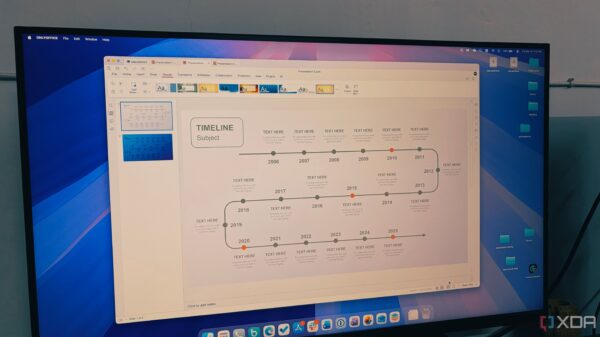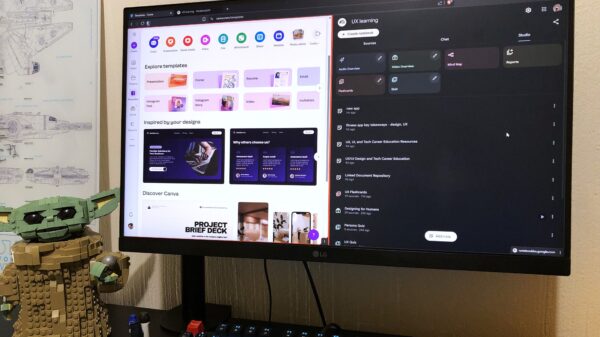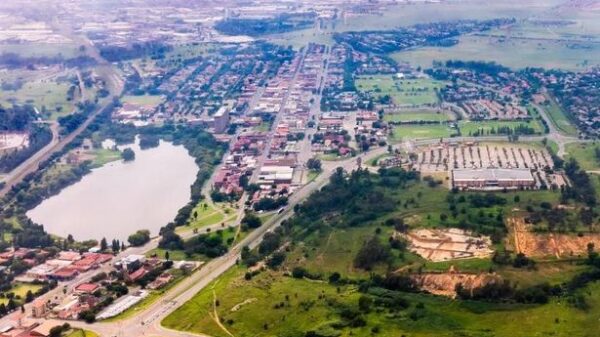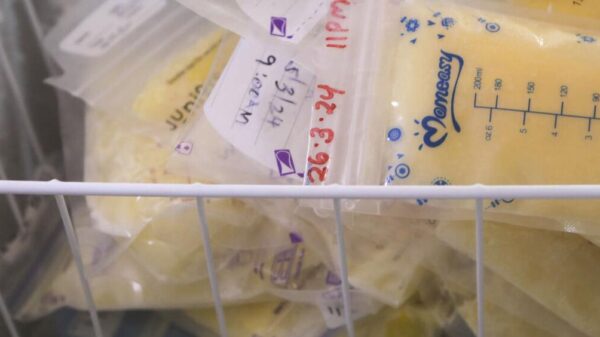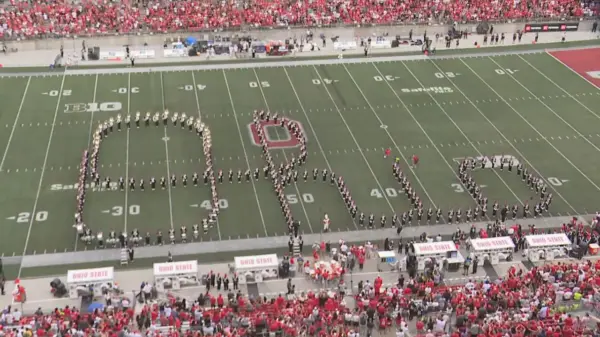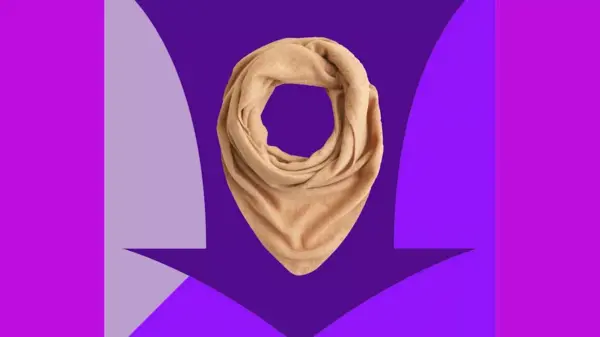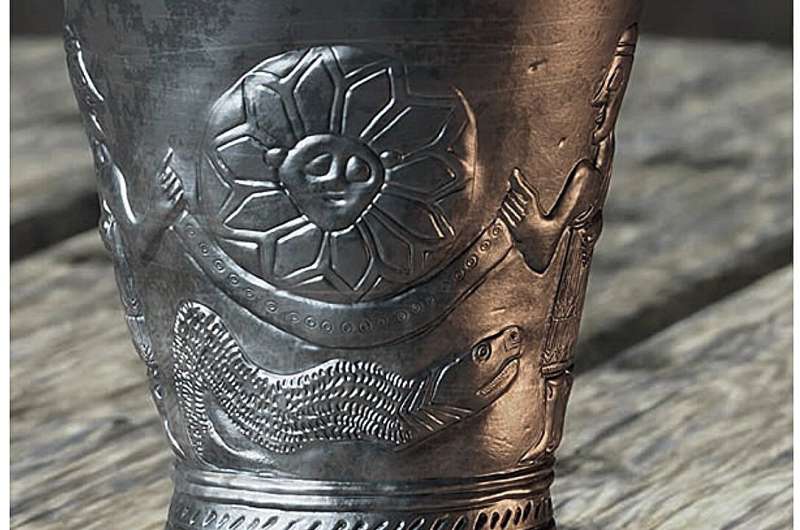A recent study suggests that the imagery on the ˁAin Samiya goblet, an 8 cm tall silver vessel from the Intermediate Bronze Age, may depict a cosmic creation narrative rather than the Babylonian Enuma Elish myth as previously thought. Discovered 55 years ago in an ancient tomb located in the Judean Hills, this artifact has long been a subject of intrigue, but a new analysis published in the Journal of the Ancient Near Eastern Society proposes a different interpretation of its scenes.
Reevaluating the Goblet’s Imagery
The ˁAin Samiya goblet is notable for being a rare example of genuine art from this period in the Levant region. The exterior features a series of intricate scenes, although some damage has complicated interpretation. Among the visible elements is a hybrid figure, part human and part animal, holding plants, alongside a celestial rosette. This figure seemingly stands on legs resembling those of two bulls. Another scene presents two human figures supporting a crescent that cradles a sun with a face, an image known as en face.
Historically, scholars such as Yigael Yadin have posited that the scenes depicted a precursor to the Enuma Elish myth, in which the god Marduk battles the chaotic sea goddess Tiamat and subsequently creates the heavens and Earth from her remains. Critics, however, have pointed out that the goblet’s imagery does not depict violence or conflict, and importantly, the Enuma Elish narrative emerged approximately a millennium after the goblet was crafted.
A New Interpretation Emerges
The latest study contends that the goblet’s artistry illustrates the peaceful ordering of the cosmos rather than a specific myth. The authors argue that the first scene represents chaos, while the second conveys order and structure. Central to this interpretation is the depiction of the sun deity, which evolves from a small figure in the initial scene to a more prominent and powerful representation in the latter.
The authors note, “The artist has effectively depicted the passage of time through a series of simple stylistic choices.” In the first scene, the sun appears diminutive, signifying its recent birth, while in the second, it radiates strength and happiness. The gods themselves are portrayed with subtle changes over time, adorned in elegant attire and displaying signs of age, such as wrinkles.
The study highlights similarities between the goblet’s imagery and other cosmological artistic representations found across the Near East, including parallels in Egypt, Mesopotamia, and Anatolia. The crescent boat shape, which transports celestial objects, resonates with various Bronze Age belief systems, illustrating shared cultural motifs.
Despite the compelling arguments presented, uncertainties linger regarding the goblet’s original artistic intent. The condition of the goblet at the time of its discovery was not meticulously documented, and interpretations rely heavily on iconographic parallels rather than direct textual evidence. Some scholars remain skeptical of the new interpretation. For example, Mark Smith, a Biblical scholar at Princeton Theological Seminary, asserts that the imagery might represent other myths, such as the Baal cycle, questioning its classification as a creation myth.
The ongoing examination of the ˁAin Samiya goblet not only sheds light on ancient artistic expression but also invites further discourse on the understanding of mythological narratives in early civilizations. As research continues, the goblet remains a significant artifact that reflects the complexities of cultural and cosmic beliefs in the ancient world.

